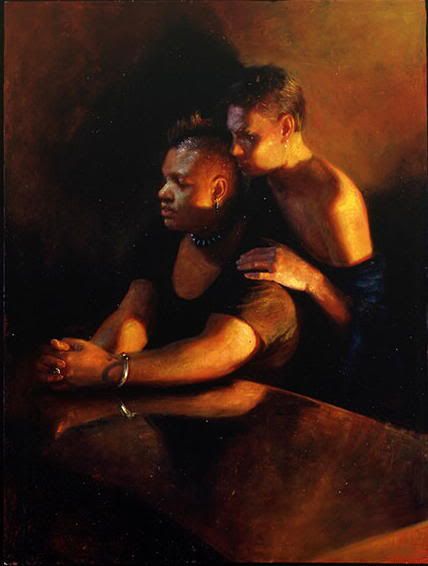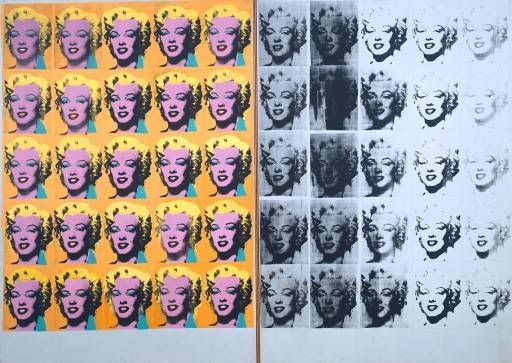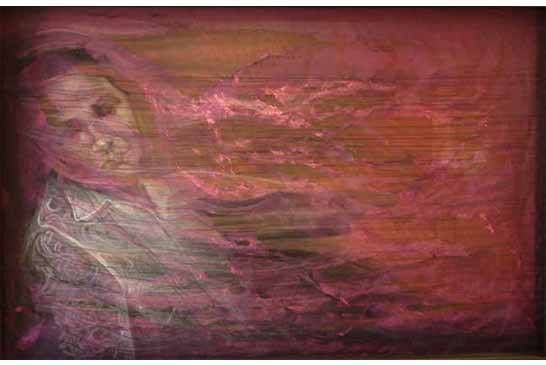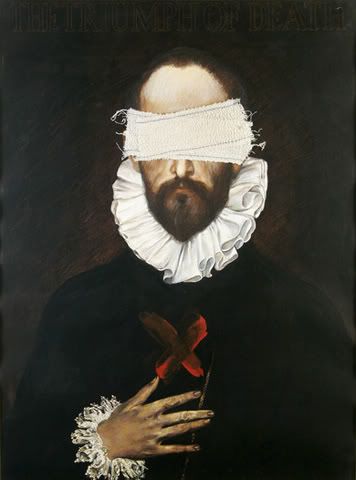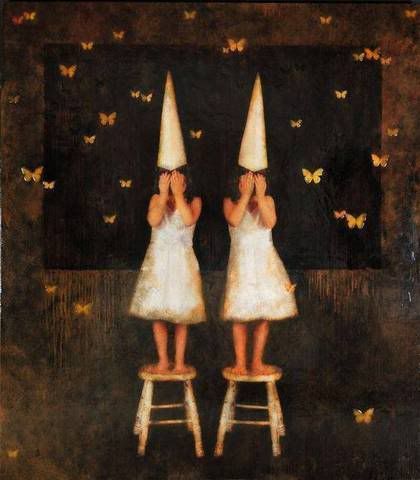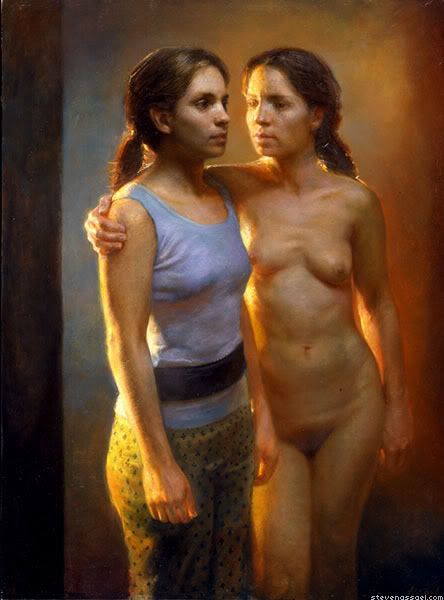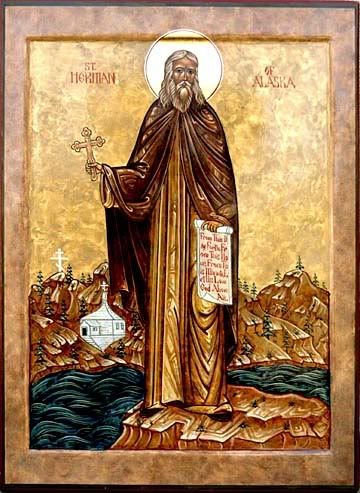the folks at
politicalcompass.org have designed a handly little quiz that is good for hours (depending on how obsessive you are) or at least minutes of fun.
i think this type of thing should largely be taken as a bit of whimsy, though i don't really dispute its conclusion. nonetheless how closely should one really align the politics of mandela and ghandi (and LoA)?
in any case, one should understand that the model is meant to describe the contemporary political climate and, using the insight that left/right is not adequate it attempts to add another dimension (authoritarian/anarchist) that judges how much one values order and security as opposed to freedom (understood in this model as negative freedom: the freedom from obstructions to one's will). as one can see in the first graph
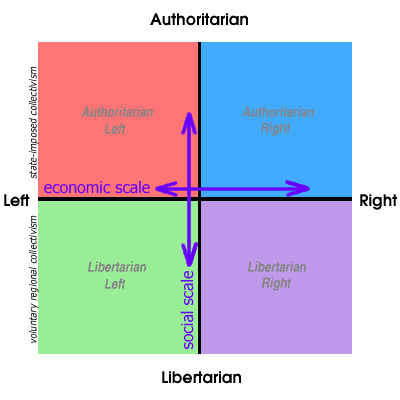
this divides politics into four broad fields. the extremes of the axes represent "pure" forms of 4 major political ideologies in the 20th-21st centuries. along the left/right axis one finds communism and (economic-)liberalism. meanwhile along the authoritarian/libertarian axis one finds fascism and anarchism. i will point out that here one sees what i take to be the most glaring problem with this metric insofar as the creators use it to dispute the claim that communism and fascism were diametrically opposed to one another. whatever "diametrically" might mean in that sentence one needs some way of grasping the manner in which liberalism appeared as a progressive position to communists and a vapid and deathly system to fascist thinkers such as heidegger (who had no problem comparing it to communism in this regard). the problem here lies in the difficultly this metric has portraying the manner in which marxism and liberalism were united very strongly (in their respective theories) in their support of internationalism and universal freedom against the parochialism of the fascist movements which they found repugnant (and in marxist terms, decidely regressive). one can imagine a very different graphing for instance if the horizontal axis was internationalism v. nationalism with the individualist-liberalism marking the center of the axis. this graphing more accurately portrays the conflicts of the 20th c. in my opinion.
this is not meant to disparage the metric which definitely has its value in complicating our usual vision. here one sees its placement of some of the most significant figures of the 20th c.
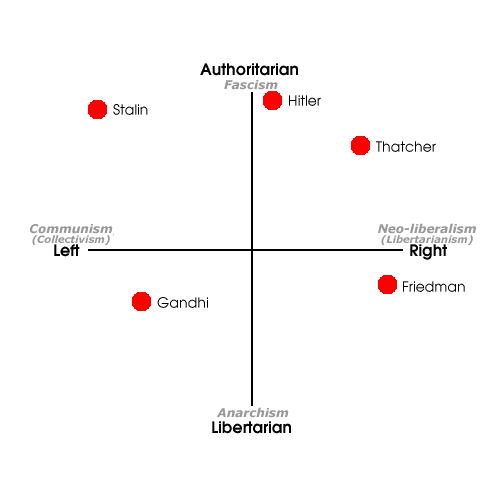
or, again, here one sees the placement of recent world leaders. (i suggest another problematic placement for this metric might be musharraf, among others).

finally, i find their analysis of the american political scene interesting and largely correct insofar as they find almost the whole range of american political figures to be operating within a common field. that said, i think when one looks closely there is a clear axis along which the typical american language of "conservative" and "liberal" work. that axis seems to run diagonally from the top right corner down towards the center (and even kucinich falls along this axis). the only notable outlier is ron paul and let's face it he sounds like a non-sense voice in american politics. i would also say that this explains some of the difficulty and discomfort many catholics feel in the realm of american politics. when one looks at the previous graph at the placement of the supposedly conservative Benny16, one finds that the pope bears no relation to the axis of american political discourse and i would suggest that it is precisely for this reason that catholics find themselves, when they vote, at a severe impasse. likewise i would suggest that this impasse largely centers around the church's (often muted) skepticism towards capitalism.
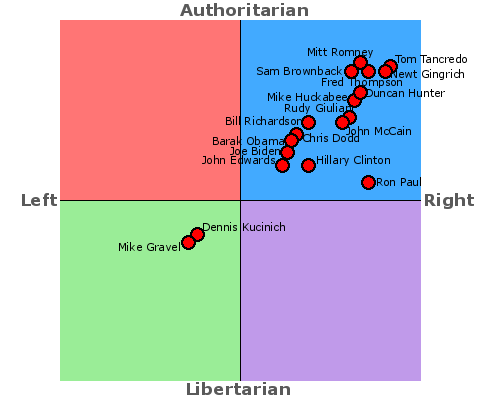
and finally there is LoA. how exactly does one describe a right-marxist (a tongue in cheek reference to the 19th c. category of the
right-hegelians), otherwise known as a catholic, with authority issues?
i will let She do it, since she does it so well?
Sister: Do you know where LoA is?
She: Go 'til you see Lenin, and then keep going Left.
Sister stares with very puzzled look.
 LoA:Left of Lenin
LoA:Left of Leninbest wishes,
LoA.
